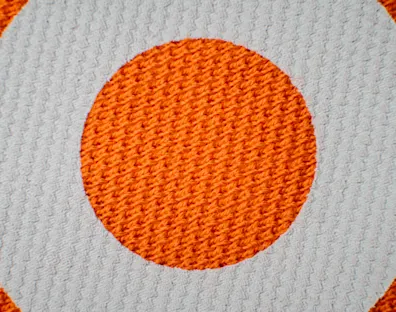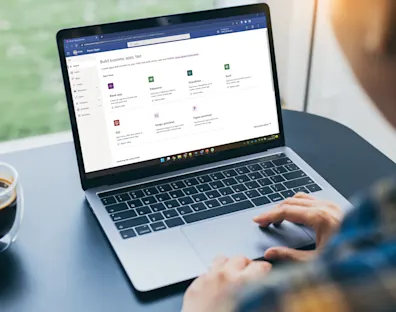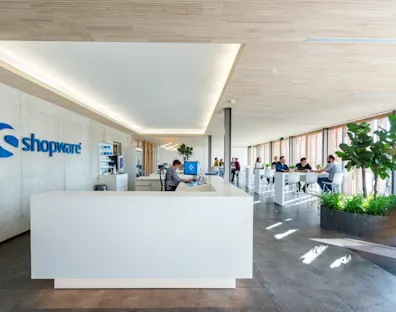Goede Doelen Loterij
An e-commerce platform where everything is a gift
Industries
E-commerce, Retail
Services
Commerce, E-commerce, Omnichannel, Support & Maintenance, Web & App Development, Customer Experience
Technology
Intershop

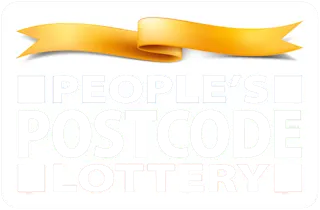
Goede Doelen Loterijen (GDL), with nearly 3.5 million participants, is one of the largest charitable lotteries in the Netherlands, consisting of three different types of lotteries: Nationale Postcode Loterij, VriendenLoterij, and BankGiro Loterij.
Discover how Incentro has supported Goede Doelen Loterijen by creating and maintaining a rewards e-commerce platform for their charitable lottery system.
LOTTERY SHOPS CHARITY REWARDS · LOTTERY SHOPS CHARITY REWARDS · LOTTERY SHOPS CHARITY REWARDS · LOTTERY SHOPS CHARITY REWARDS · LOTTERY SHOPS CHARITY REWARDS · LOTTERY SHOPS CHARITY REWARDS · LOTTERY SHOPS CHARITY REWARDS · LOTTERY SHOPS CHARITY REWARDS · LOTTERY SHOPS CHARITY REWARDS · LOTTERY SHOPS CHARITY REWARDS ·
National Postcode Loterij conducts its draws among postal codes across the country, VriendenLoterij rewards based on phone number endings, and BankGiro Loterij focuses on the last digits of bank account numbers. We designed unconventional e-commerce platforms for these lotteries.

The Project
We created unconventional e-commerce platforms. GDL needed platforms for distributing rewards earned through the lottery. So, we designed an e-commerce solution to meet this need.
When we talk about GDL, we are not dealing with conventional lotteries but rather charitable lotteries, as at least 40% of the profits go to charitable and cultural causes. Another detail that sets these lotteries apart is that, in addition to distributing monetary prizes, they also reward winners with gifts. In each draw, the winners receive a code that they can redeem in the corresponding e-commerce platform.
The Challenge
An e-commerce platform that is not a typical e-commerce. The key differences with GDL include disabling the payment option for products and requiring users to log in with a promotional code upon accessing the website. Once logged in, GDL retrieves all user data provided during the subscription payment process. Each profile is linked to a specific number of credits that can be redeemed for gifts.
The primary challenge in implementing GDL was that it wasn't a traditional e-commerce platform (e.g., there is no standard payment gateway). This required our developers to adapt to the unique characteristics of their platform.

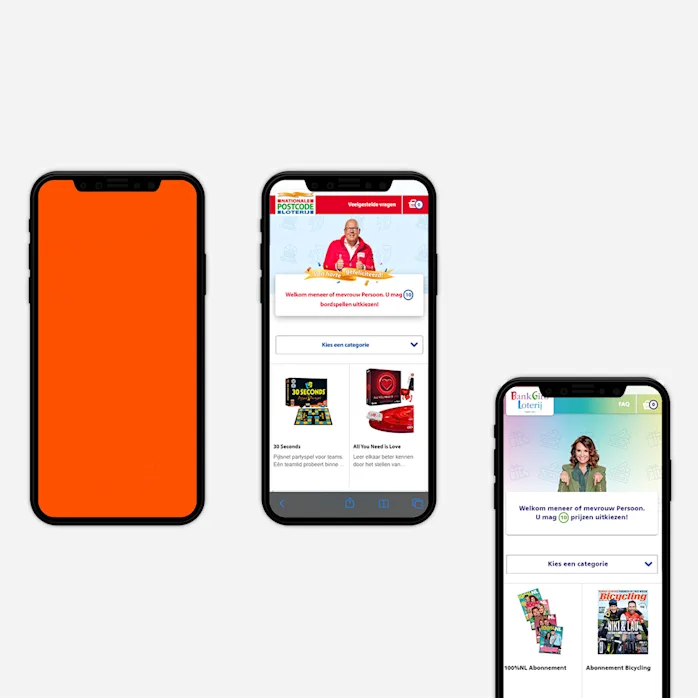
The Process
Let’s dive into the technical side. GDL entrusted Incentro to create all its e-commerce platforms. Currently, there are over 30 active online stores offering various products from their catalogue. The unique aspect of Lottery Shops is the versatility of the suite—it is not a typical e-commerce platform. Its sole purpose is to distribute rewards and prizes earned through the lottery.
From the outset, this project was treated as scalable and iterative. Improvements were delivered incrementally, either due to business needs or suggestions from both Incentro and GDL. For instance, in the summer of 2019, the platform underwent a complete redesign of its look and feel, which included changes to the front-end and adjustments to back-end behaviours.
Another example of enhancements made for GDL is the development of a new API. This API directly manages product creation, updates, and maintenance within the application, eliminating the need for third-party imports. As a result, GDL gained greater control over the maintenance of their stores.
Working with GDL doesn’t feel like working for a client — it feels more like collaborating with colleagues at their office
Jose Martínez, consultant at Incentro

Conclusion
After working with GDL for some time, we believed that the best way to develop the project as a single team (Incentro Netherlands, Incentro Spain, and Lottery Shops) was to adapt the project to the Scrum methodology, with 3-week sprints. This also involves conducting 15-minute daily stand-ups, weekly 1-hour refinements, and 1-hour plannings and retrospectives every 3 weeks.
This change in the working methodology resulted in greater dynamism, improved communication, and better outcomes when delivering the product. Additionally, thanks to Scrum, the client is very satisfied with the project tracking, and we will soon start conducting big retrospectives every 6 months.

Jeda - consultant
Jeda Hoyos
Solution Architect

